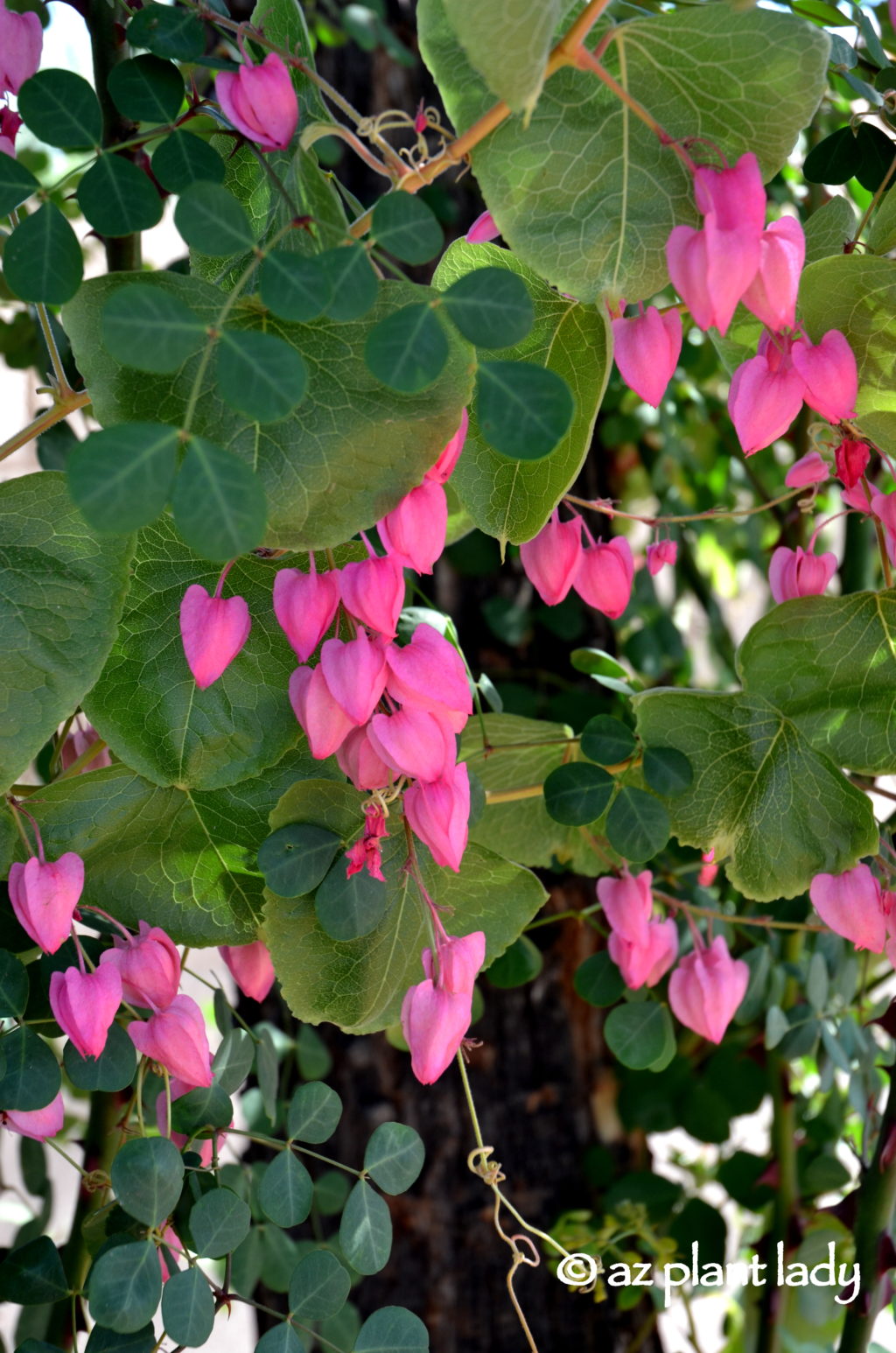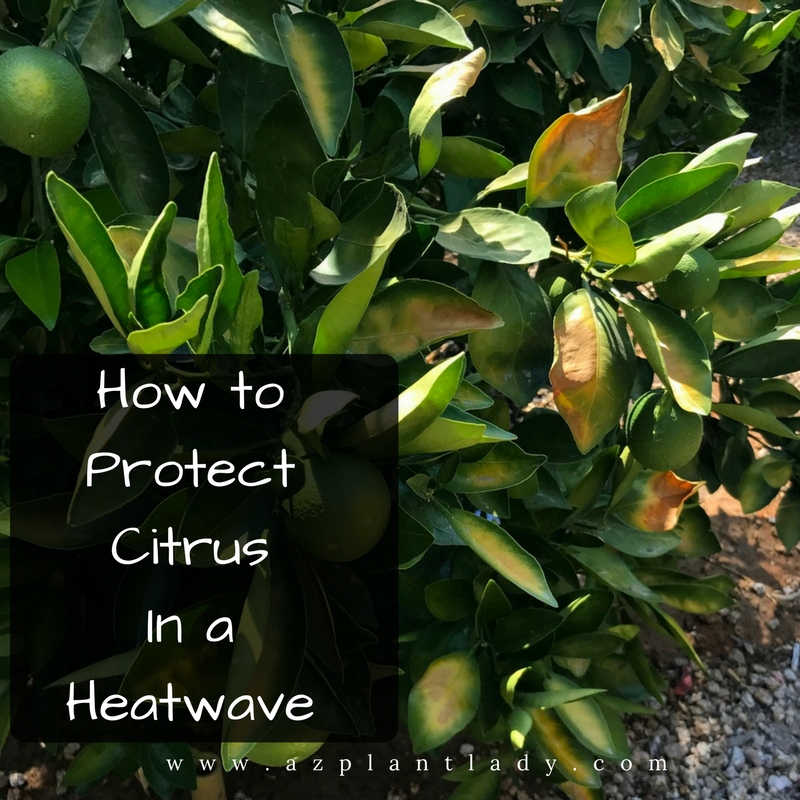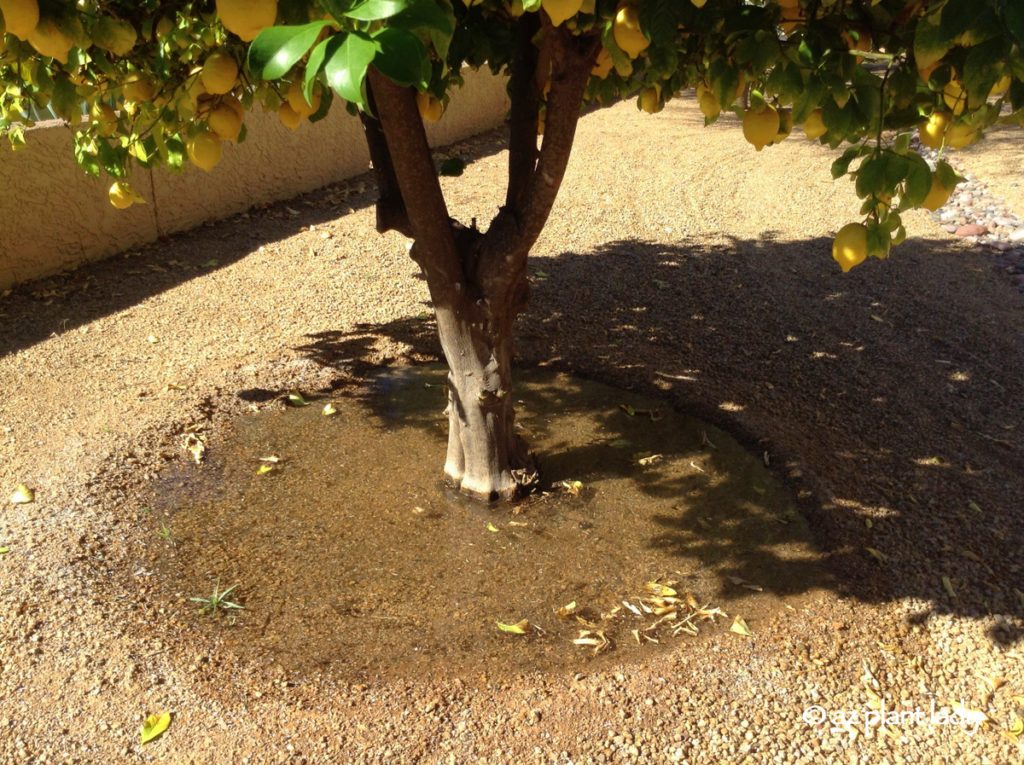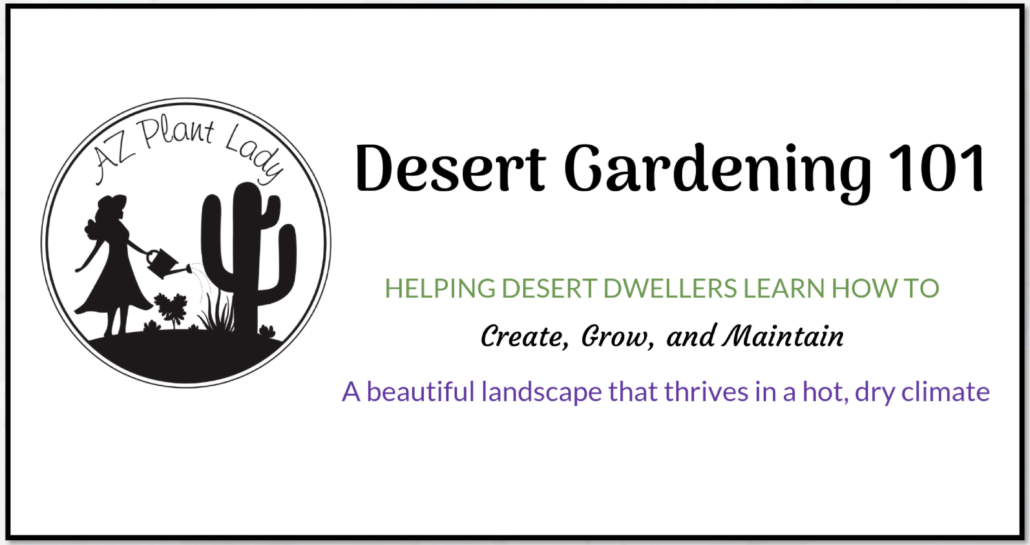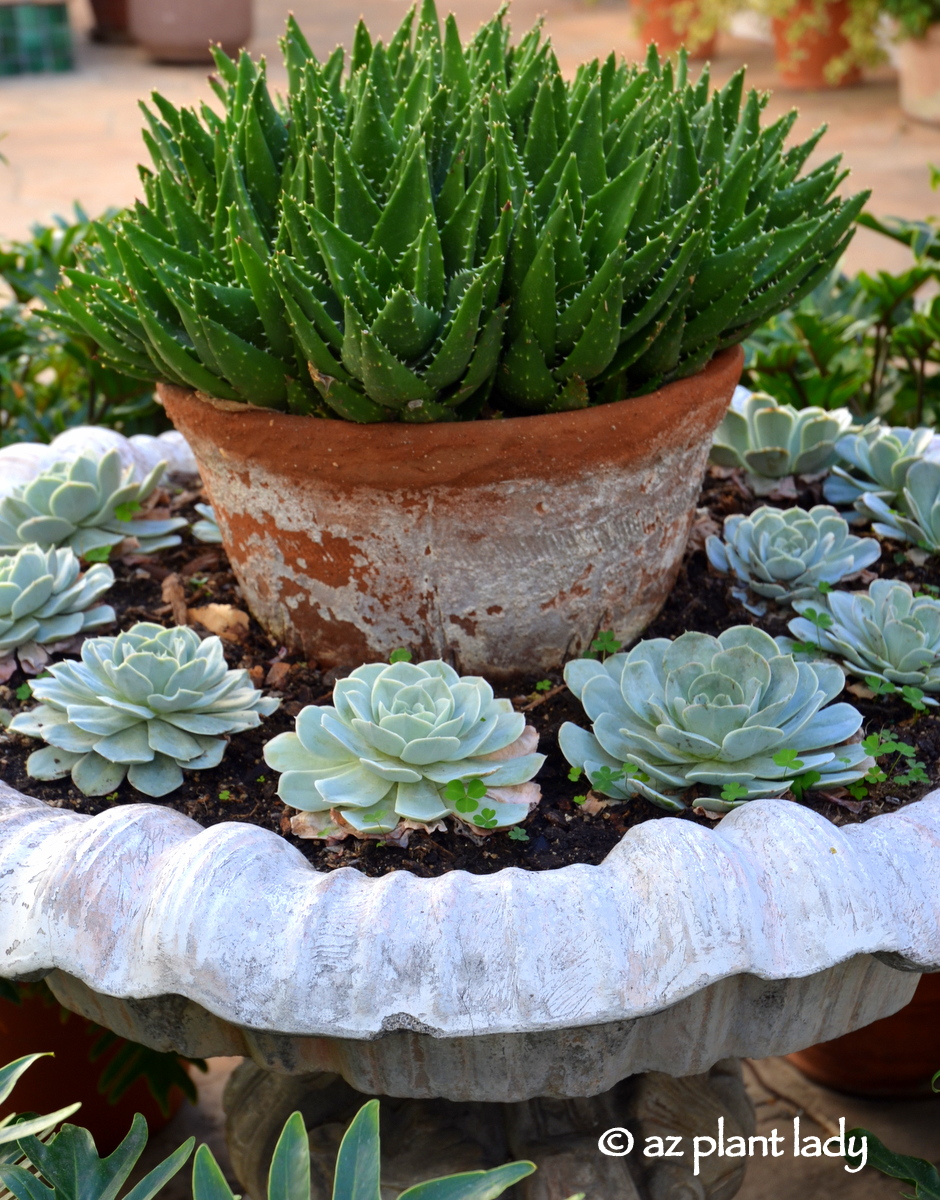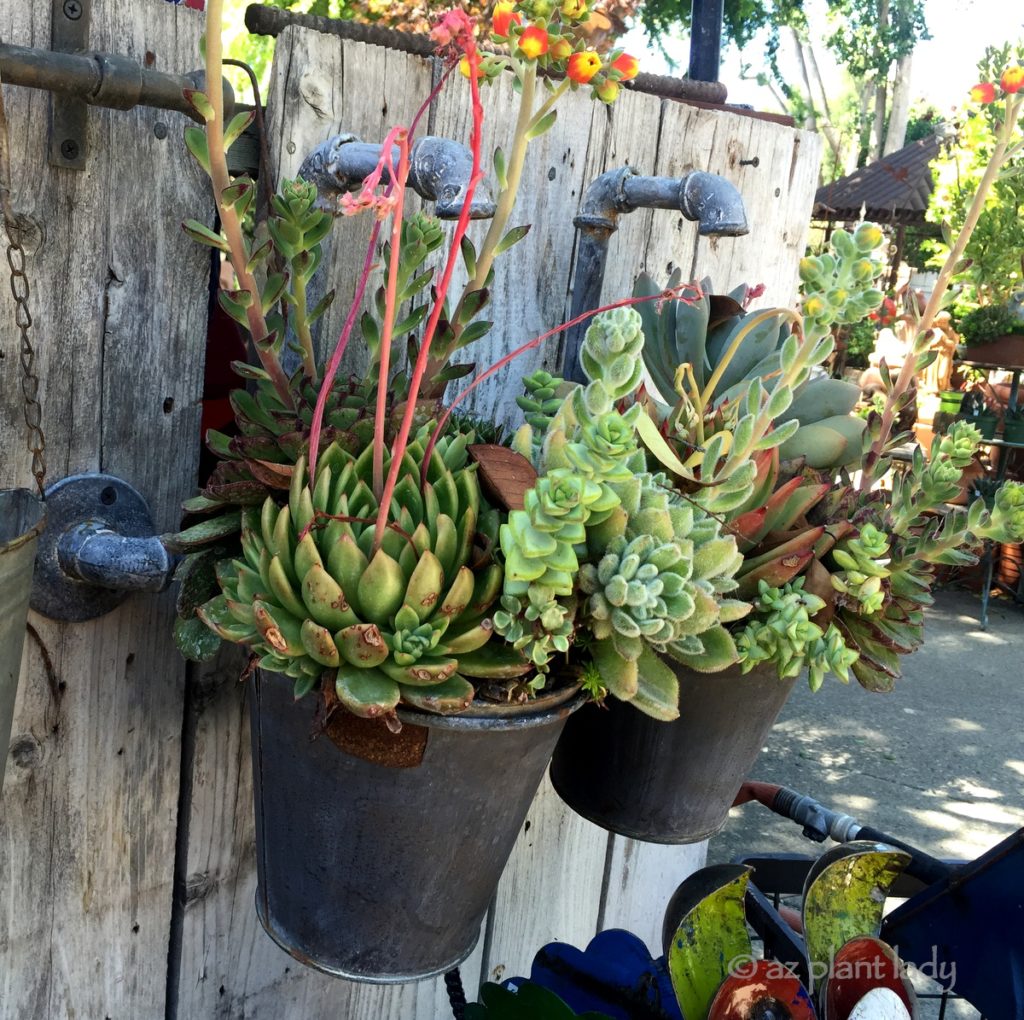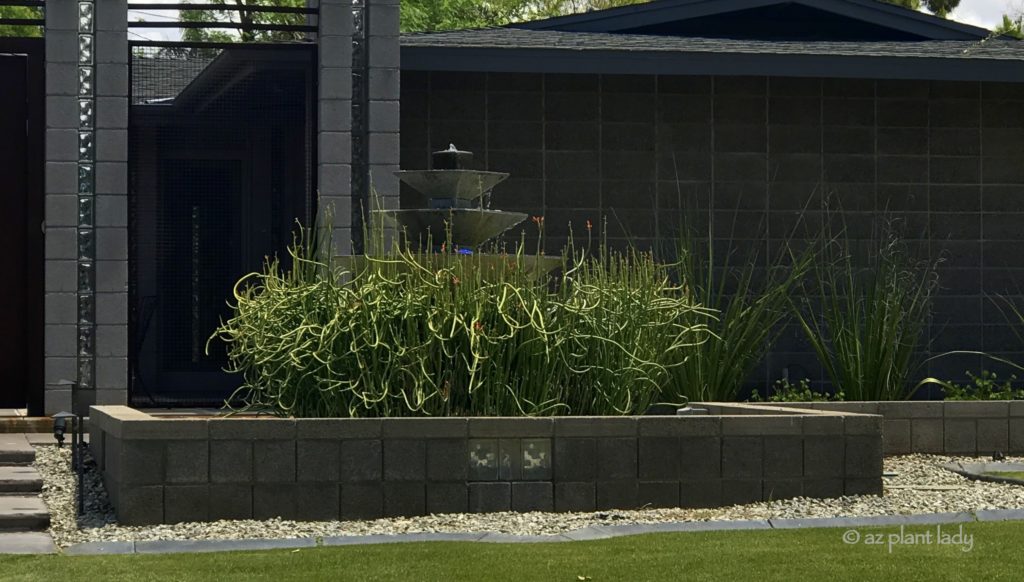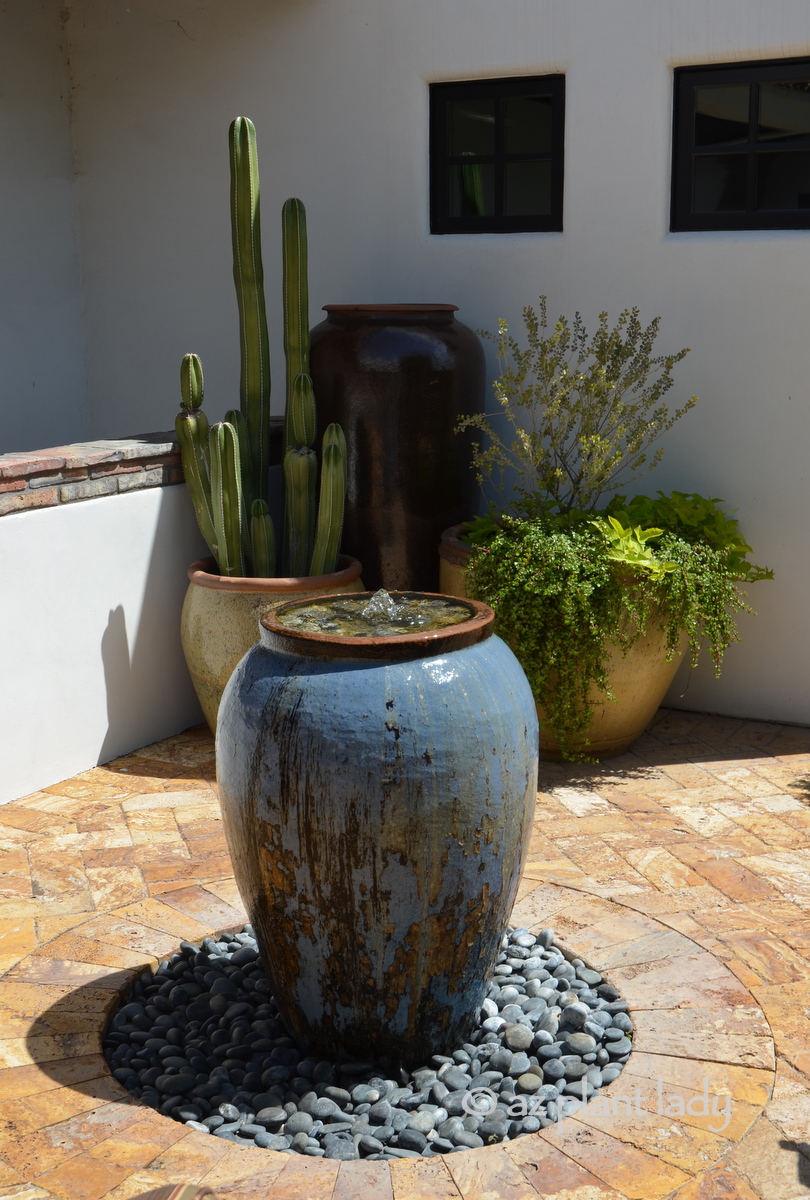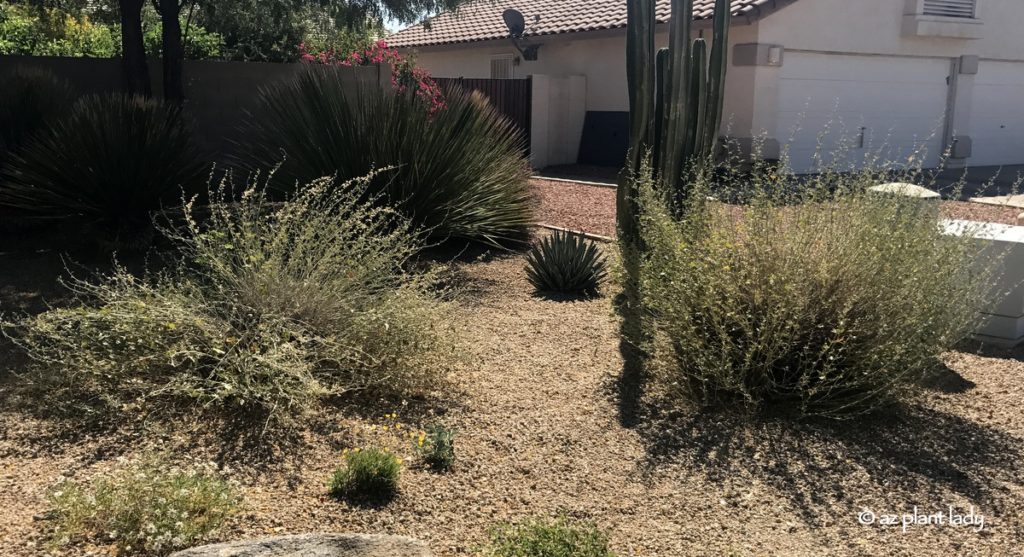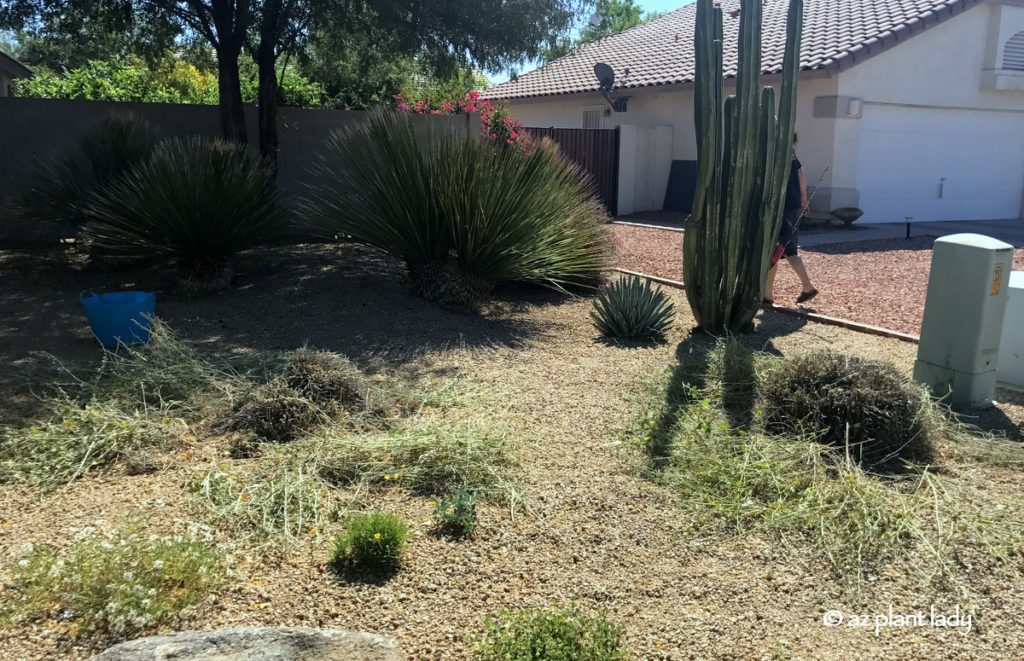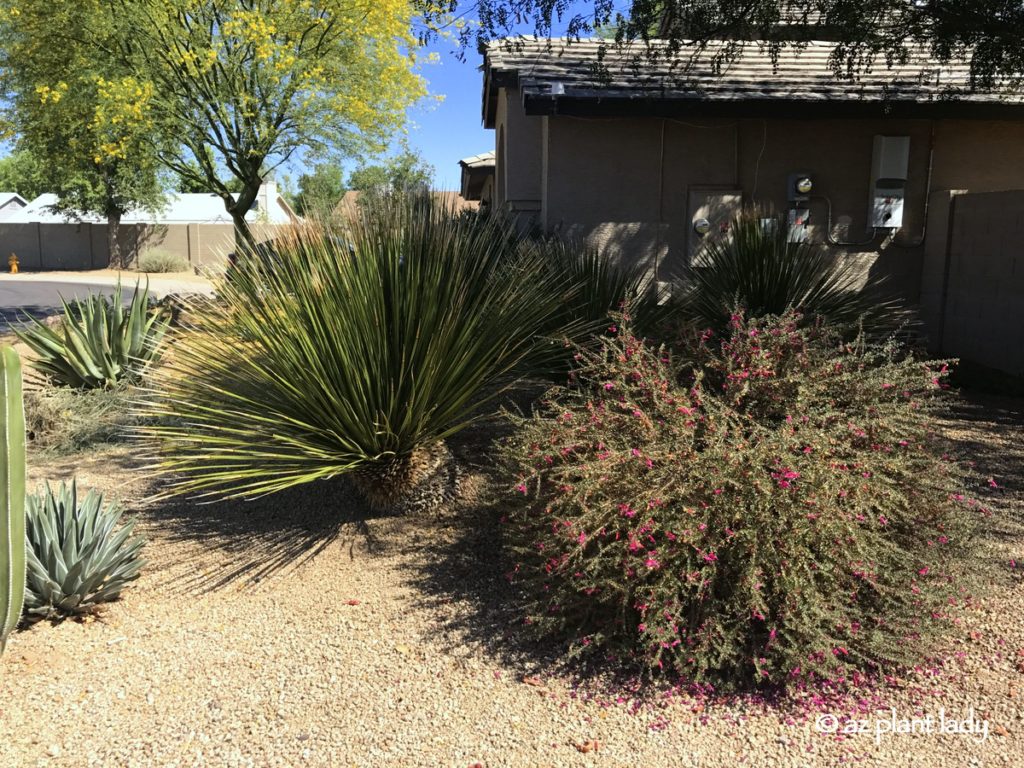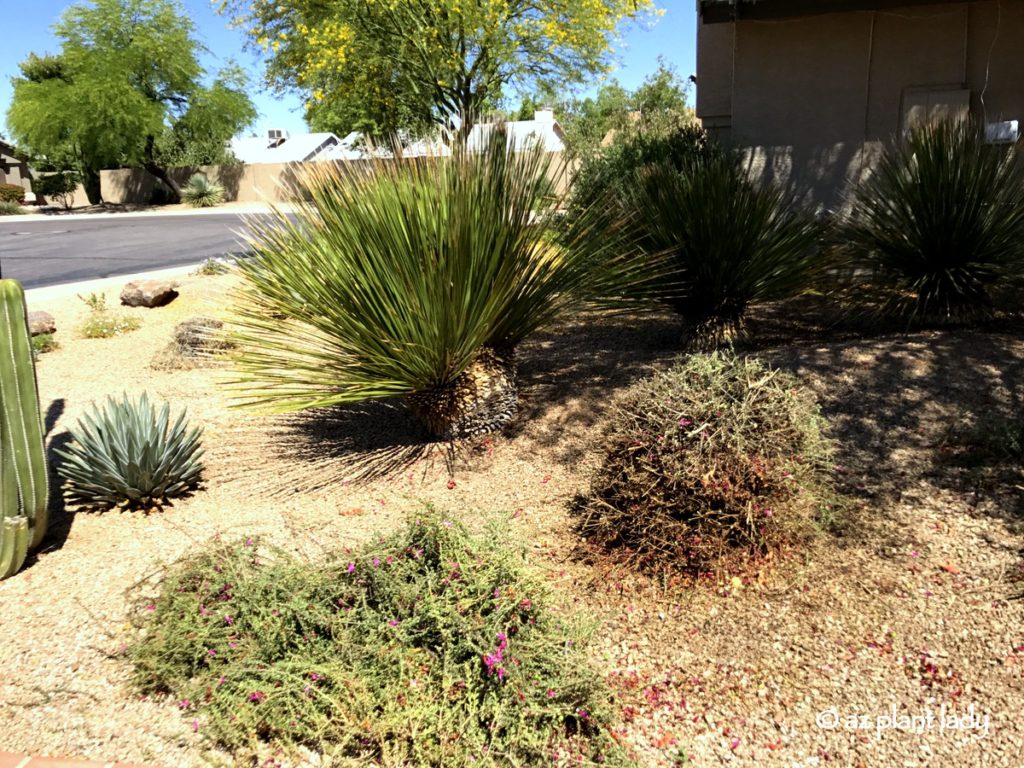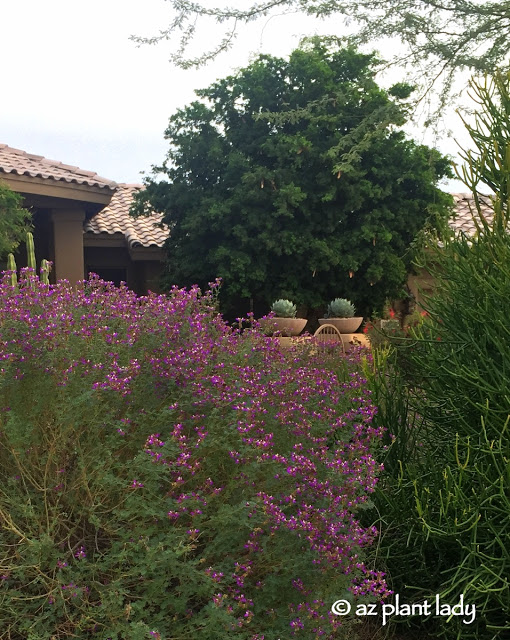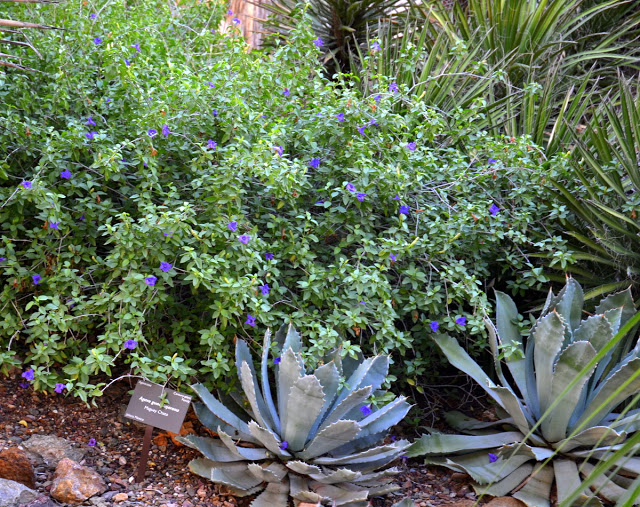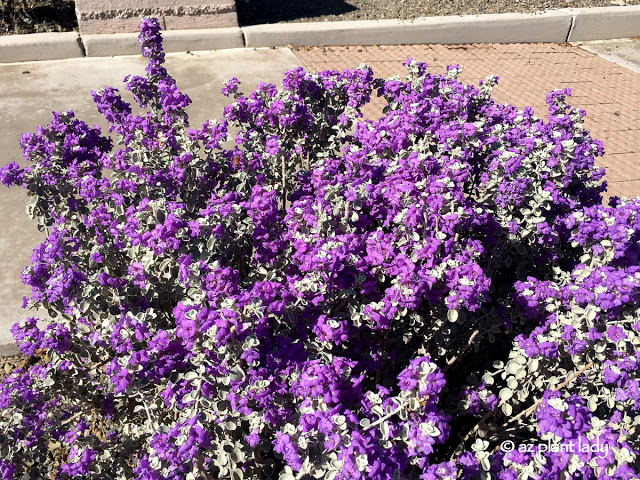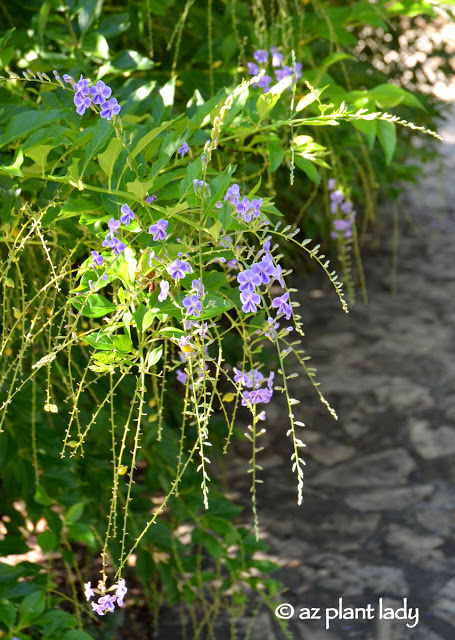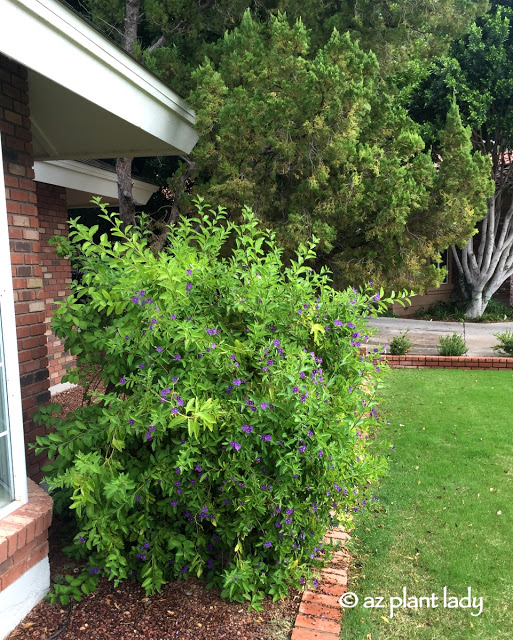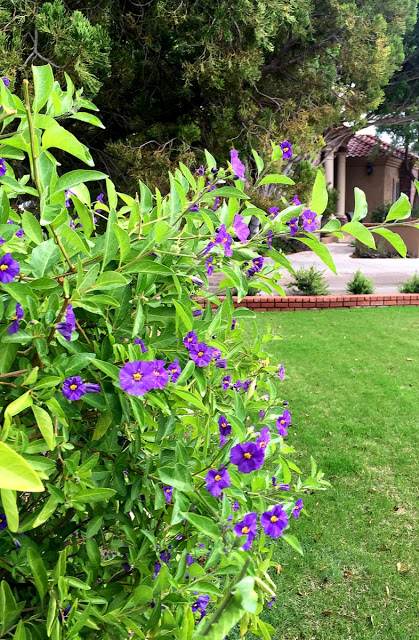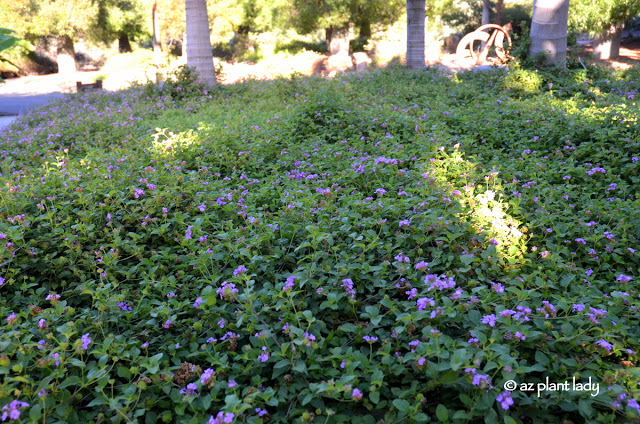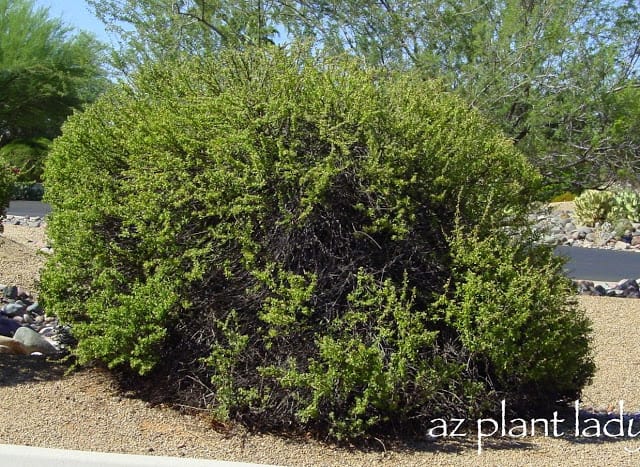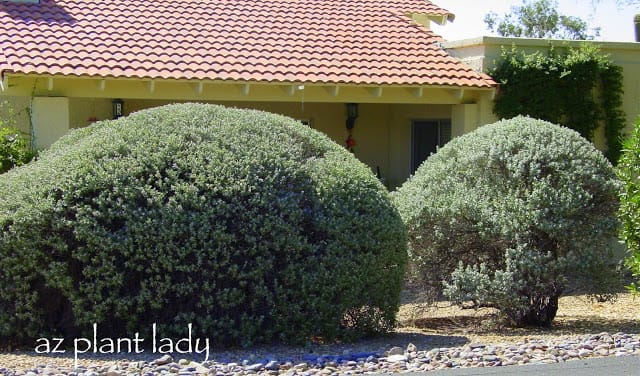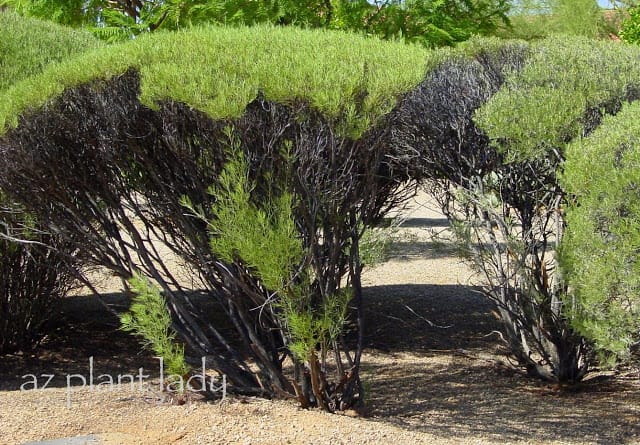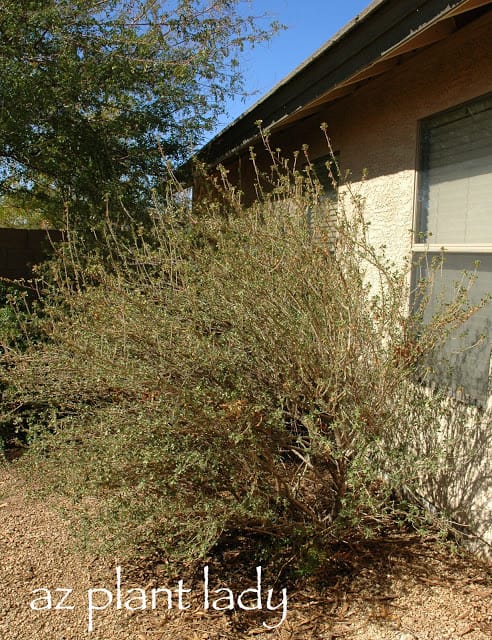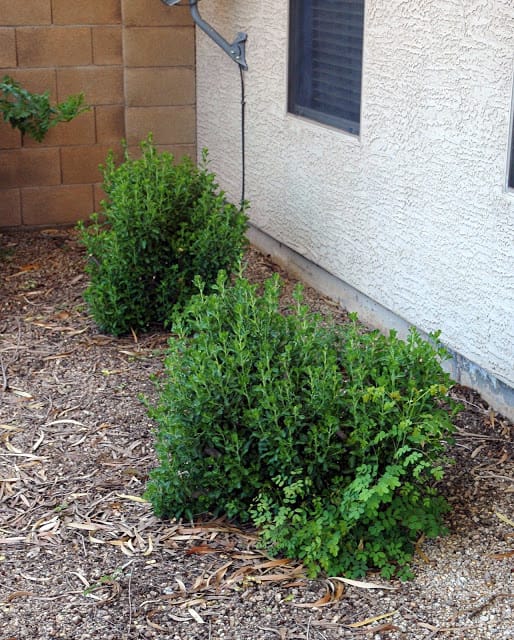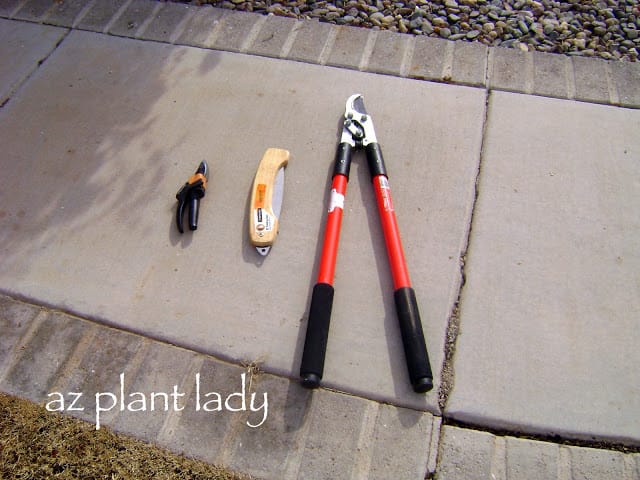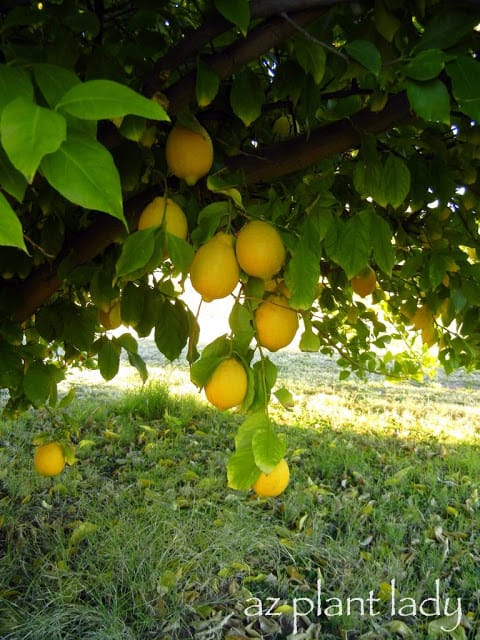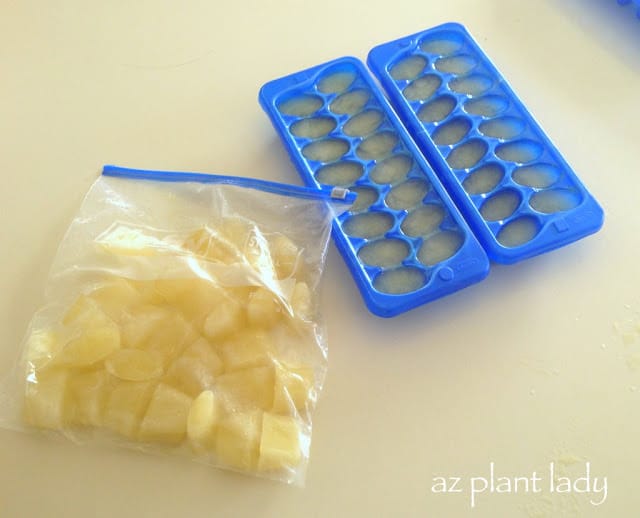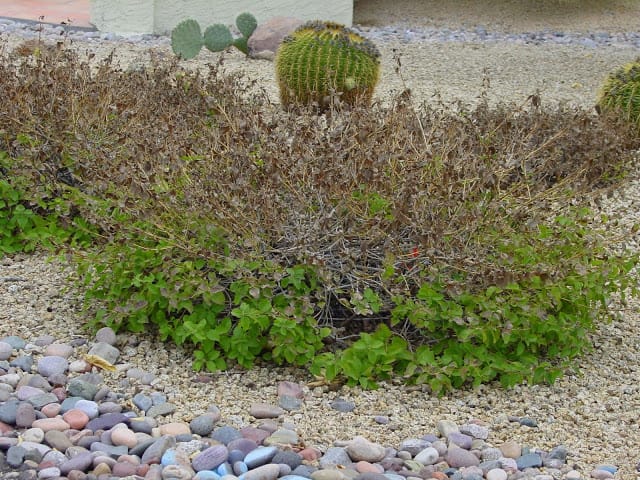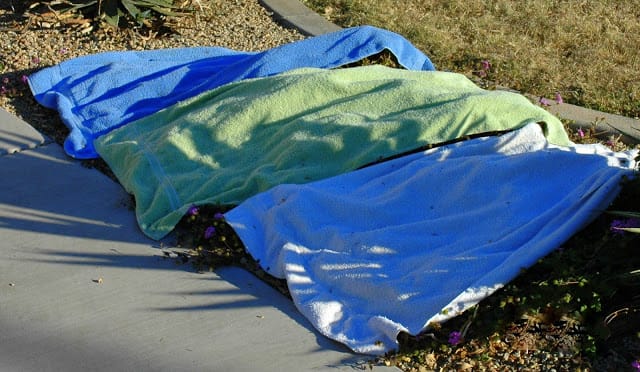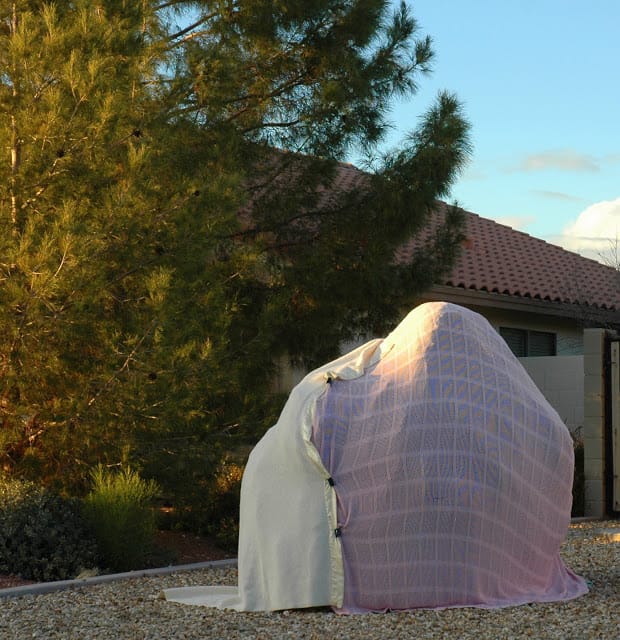Discover the Perfect Garden Gifts: Day 3 – Books for Southwest Gardeners
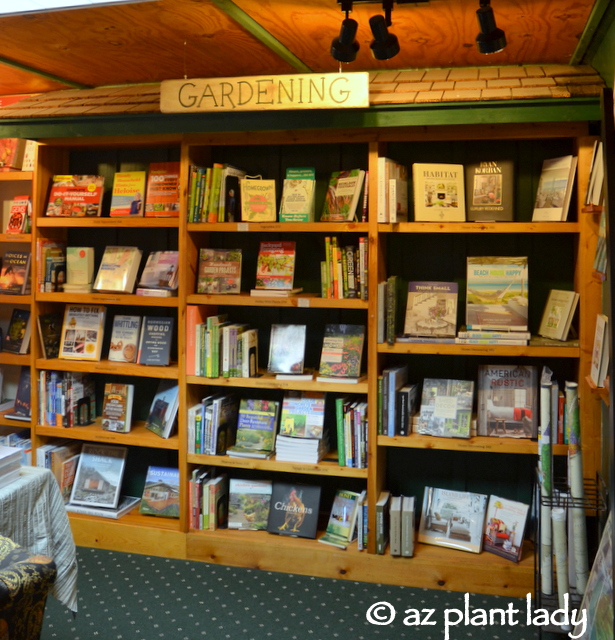
It’s Day 3 of our garden gift ideas and today it’s all about books.
Unveiling the Arid Beauty of Southwest Gardening
Gardening in the Southwest can be challenging because many of the traditional gardening rules. Some plants just don’t work here. Traditional garden literature often ignores the unique opportunities and challenges that our arid climate presents. A good book that focuses on our distinct region can become an invaluable tool. As a garden writer, I know many garden authors and have been asked to review many books, and I include my top eight with you.
As a garden writer, I’ve been asked to review some garden books and know several of the authors personally and can attest to their expertise in gardening in the Southwest.
*This blog post contains affiliate links. If you click through and make a purchase, I may receive a commission (at no additional cost to you).

1. Southwest Fruit & Vegetable Gardening
Our dry climate is an ideal region for growing fruits and vegetables. We have fewer insect pests and diseases than, in contrast, more temperate areas. From apples, peaches, to citrus – many types of fruit can be grown here. Vegetable gardening is a favorite pastime of mine. Due to our relatively mild winters, we can grow them throughout the entire year. Tucson native, Jacqueline Soule, teaches you how to create your own edible, southwestern garden. Click here to order.

2. Gardening In The Deserts of Arizona
Mary Irish is one of my favorite authors and worked for years at the Desert Botanical Garden in Phoenix. Her books are what I like to refer to as the ‘bible’ of growing ornamental plants in the Southwest. From lists of plants that grow well in our climate to how to maintain them each month, this book is a must-have for new (and old) desert gardeners. She has written several books. This is a good one to start with as it breaks down how to care for your garden. I met her at a conference in California and found her utterly charming and down to earth. Click here to order.

3. Lawn Gone
Austin, Texas resident, Pam Penick, is well known for her blog, Digging. Pam makes frequent contributions to a variety of gardening magazines. Her approach is saving water in the garden by removing or minimizing lawn areas, with an emphasis on simple and creative design solutions. I am fortunate to call Pam my friend and have toured gardens with her in Arizona and California. I’ve owned this book for several years. It ranks as one of my favorites. Click here to order.

4. Potted
Annette Gutierrez asked me to review her book. She and Mary own a trendy garden shop in Los Angeles that focuses on outdoor accessories and design services. As its title suggests, this book focuses on instructing readers on how to create unique containers using everyday items. The results are eye-catching and add a welcome design element to garden spaces. This book is for those on your list who like to be on the cutting edge of gardening trends. Click here to order.

5. Growing Vegetables in Drought, Desert, and Dry Times
If you or someone on your gift list like to grow vegetables, this is an invaluable book. Specifically, it addresses the cultivation of an edible garden in an arid climate. This emphasizes the importance of mastering the skill of maximizing your harvest while efficiently managing water.
The author draws upon her experience of living and gardening in the desert regions of California. Grouping this book along with packets of vegetable seeds and a raised bed kit, would be a much-appreciated gift for a beginning vegetable gardener. Click here to order.

6. Homegrown Herb Garden
Herbs are very easy to grow and flourish in arid climates. I grow them in pots, a vegetable garden, and indoors. Moreover, one of the authors, Ann McCormick, also known as the ‘Herb n’ Cowgirl,’ has a blog by the same name. This book provides helpful growing tips along with how to use them to flavor your favorite dishes making it a great choice for the gardener and cook on your list. Click here to order yours.
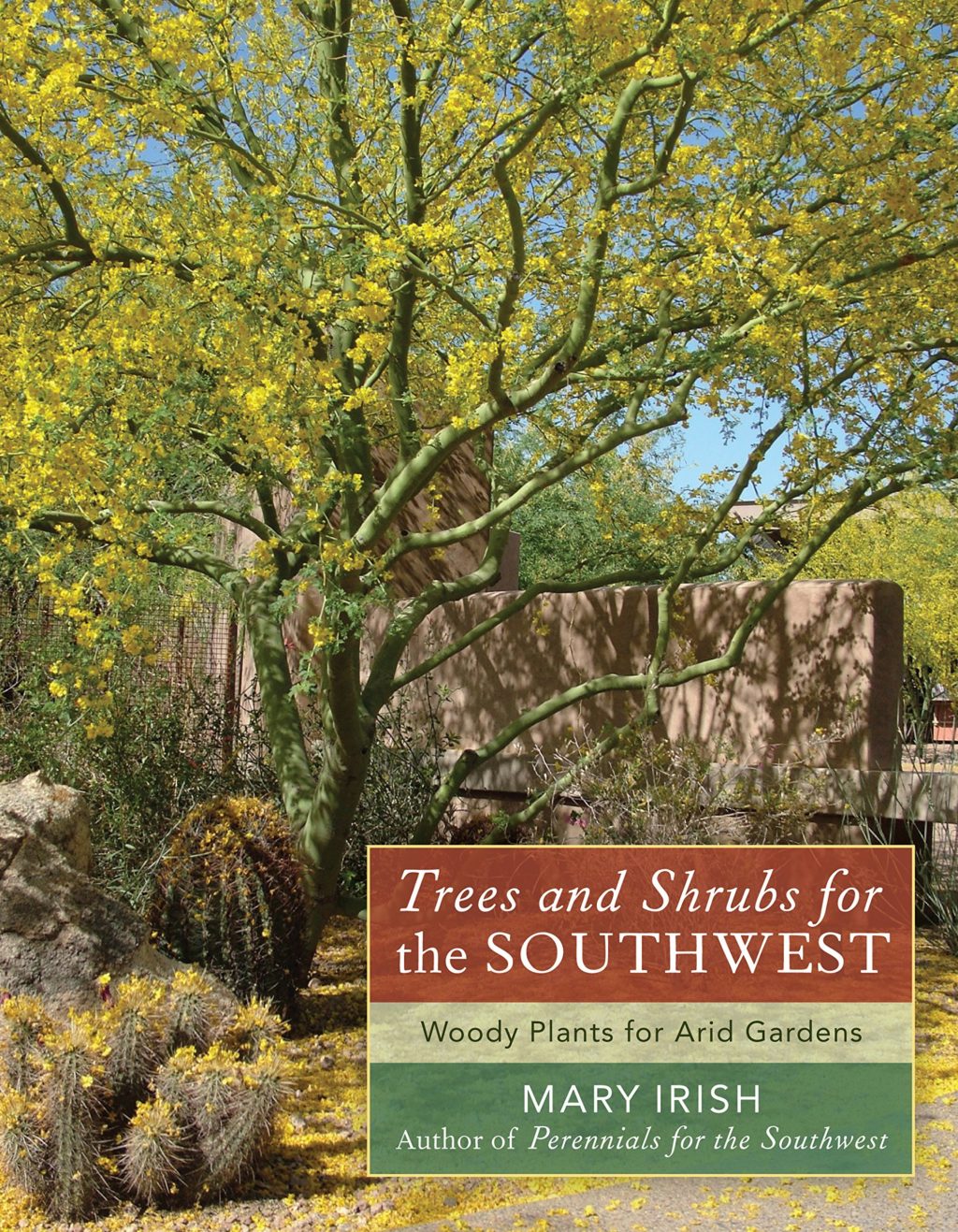
7. Trees and Shrubs for the Southwest
Many gardening books contain smaller lists of plants. This Mary Irish book has comprehensive lists of shrubs and trees that flourish in the Southwest. It delves beyond the often repeated plant palette of bougainvillea, oleander, and Texas sage. The book delves into the impressive variety of plants that can grow here. This book is a thoughtful choice for those who want to learn more about the plants that can grow in our arid climate. Click here to order.
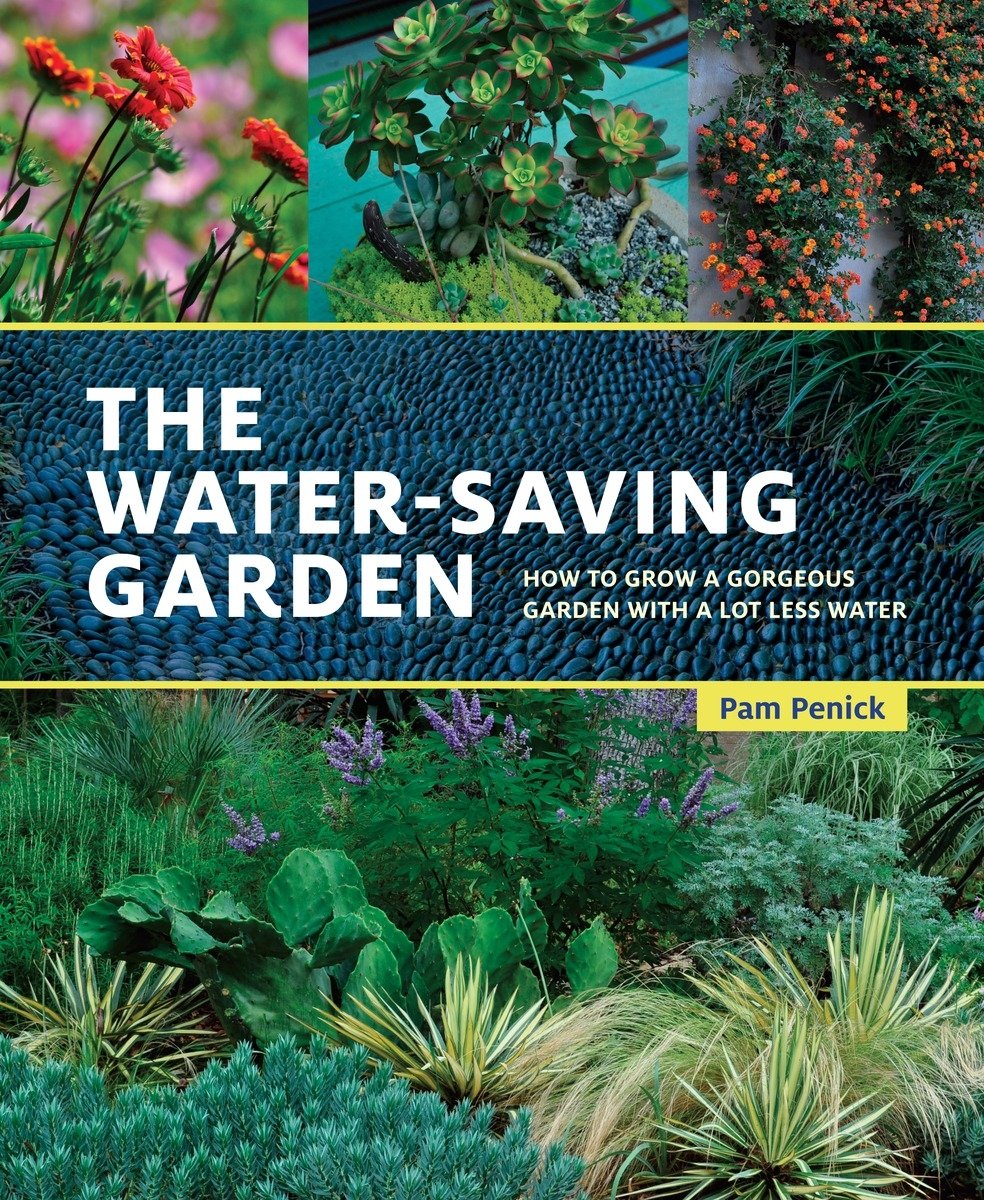
8. The Water-Saving Garden
This book holds a special place for me because of Pam Penick. She made a journey to visit me in Arizona to research her book. We spent an entire day together visiting gardens throughout the greater Phoenix area (including mine), covering over one-hundred-fifty miles. Many of the photos that she took that day are in the book. As its title suggests, the book focuses on how to create lovely gardens that don’t need a lot of water. Click here to order.
All of these books will serve to inspire and teach the gardener on your list,. These books teach how to create a beautiful garden that will thrive in the arid Southwest climate.
More ideas needed? Here you go –
Want more ideas? Check out Day 1 and Day 2 of my garden gift ideas.
Tomorrow, I’ll share my picks for garden gifts for kids.



